The Aromatic Allure of Cardamom Spice
Cardamom is one of the most fragrant and popular spices in the world, originating from the tropical regions of India, Guatemala, and Sri Lanka. These small green or black seeds have a warm, spicy, and yet sweet aroma that immediately conveys a sense of freshness and tranquility. From drinks to party foods, cardamom has always been a symbol of delicacy, authenticity, and exceptional flavor.
Cardamom is a small fruit the size of a knuckle with a dark skin and fragrant seeds. This spice is obtained from a plant in the ginger family and comes in different types, including black cardamom, white cardamom, and green cardamom, the latter of which has a pungent, stronger aroma.
Cardamom is one of the most common spices, with a warm, very fragrant flavor, and is used to enhance the flavor of drinks, foods, and sweets. This delicate yet expensive spice, while it’s difficult to describe precisely, has a complex, multi-layered flavor that fits both sweet and savory dishes and harmonizes with both.
Cardamom is known as the third-most-expensive spice in the world — after saffron and vanilla — and it is not without reason that it has earned the title of “Queen of Spices.”
Green vs. Black: Key Varieties
Cardamom comes in two main varieties: green cardamom and black cardamom; each with its own unique aroma, flavor, and use.
Green cardamom: the aroma of sweetness and freshness
Green cardamom is the most common and well-known type of cardamom, grown mainly in India and Malaysia. This type has a more pungent aroma and a milder flavor and is used in tea, coffee, baking, and even some aromatic dishes. Its flavor is a combination of warmth, mild spiciness, fresh herbal aroma, citrus notes, and a hint of mint.
In many countries, especially in the Middle East and South Asia, green cardamom is known as a spice that adds sweetness and freshness to dishes. Sometimes, a type of it is also found called white cardamom, which is actually blanched green cardamom. This type has a lighter flavor and is popular in Scandinavian and Northern European countries for sweets and desserts.
Black cardamom: Warmth and depth of flavor
With its larger, dark brown pods, black cardamom has a smoky, warm, and deep aroma. This type is most often used in savory and heavy dishes, especially stews, fragrant rice, and Indian dishes like biryani. Unlike green cardamom, which is often used in its seeds, black cardamom is usually cooked with the whole pod to release a smoky, stronger flavor.
From a traditional medicine perspective, black cardamom has more medicinal properties than green cardamom and is considered effective in strengthening the digestive system and improving breathing. In fact, green cardamom is known for its softness and freshness, while black cardamom is known for its warmth and depth of flavor.
Health Wonders Hidden in Cardamom Seeds
Cardamom is not just a fragrant spice; these fragrant seeds are a natural source of beneficial compounds for the body that have been used in traditional medicine for centuries to improve digestion, relieve inflammation, and strengthen the immune system. With its warming and energizing properties, cardamom helps improve mood, reduce anxiety and depression, strengthen the heart and kidneys, improve digestive health, and prevent cancer, as well as lower blood pressure. This spice also has antibacterial and anti-inflammatory properties, which promote oral, dental, and skin health, increase blood flow and skin clarity, and relieve skin sensitivities and problems. Cardamom helps strengthen hair and scalp health, improve hair shine and strength, and stimulate natural hair growth. It is used as an aphrodisiac, sexual stimulant, and even to treat hiccups and sore throats. Green cardamom, with its mild, fresh aroma, is more commonly used in drinks, baking, and light dishes. In contrast, black cardamom, with its smoky, deeper aroma, is used in stews and heavy Indian dishes and has more potent medicinal properties.
Digestive and Antioxidant Boosts
Cardamom naturally supports digestive function, and its anti-inflammatory compounds reduce bloating, soothe the stomach, and help prevent conditions such as reflux, heartburn, diarrhea, and indigestion. This spice is rich in antioxidants that protect the body against free radicals and help keep the skin youthful and vibrant. According to traditional Iranian medicine, cardamom is hot and dry, and chewing its seeds after meals helps improve digestion, strengthen the stomach and intestines, and neutralize bad breath. Drinking hot cardamom infusion also reduces bloating, relieves colitis, nausea, and lethargy, and prevents excessive secretion of stomach acid. Cardamom has long been used with other medicinal spices to ease stomach discomfort and even heal wounds, and is known as an appetite stimulant and natural carminative.
Culinary Magic with Cardamom Worldwide
Cardamom plays a global role in cooking and beverages; from Indian masala chai and Arabic coffee to Scandinavian sweets, this aromatic spice adds a special flavor and aroma to foods and desserts. In Iran, cardamom tea and traditional sweets such as zulbia, okra, and qutab are also meaningless without the scent of cardamom, and its seeds are usually brewed with tea and served with sugar or candy. In addition to beverages, cardamom can be added to foods, breads, sweets, and jams, used in desserts and ice cream, or chewed alone, and its powder sprinkled on food or on the tongue to create a pleasant flavor and aroma. Cardamom consumption is typical in India, Pakistan, southern Balochistan, Iran, and worldwide, and its popularity continues to grow.
Sourcing and Storing Premium Cardamom
To preserve the authentic flavor and aroma of cardamom, it is best to buy it whole and grind it when you are ready to use it, as the green, shiny seeds are a sign of freshness, and their aroma will last for about a year or more. In contrast, cardamom powder quickly loses its aroma. Store the seeds in a sealed container away from light, moisture, and heat to maintain their quality and aroma. Buying green cardamom is recommended because, in addition to its better aroma, it is suitable for use in sweet and sour dishes, allowing you to enjoy the full benefits of this spice.
2025 Trends in Cardamom Markets
The global cardamom market is expected to grow significantly in 2025, driven by rising demand for natural, organic, and high-quality products. Green cardamom remains the most popular variety and is widely used in the food, beverage, and confectionery industries, especially in the Middle East, Europe, and North America, where interest in unique and healthy flavors is growing. At the same time, production restrictions in key countries such as India and rising prices have drawn consumers’ and brands’ attention to product quality and traceability. Overall, 2025 is an opportunity for cardamom producers with a focus on quality and export to international markets.
Creative Recipes Featuring Cardamom
Today, cardamom is used in food and beverages beyond its traditional uses, adding a luxurious, distinctive flavor to chocolate, coffee, cold drinks, butter cakes, smoothies, and even Asian dishes with coconut sauce. In addition to edibles, cardamom oil is used to scent soaps, detergents, and skin and hair care products, and has numerous therapeutic properties, including reducing stress, anxiety, and depression; relieving congestion and sinusitis; relieving headaches caused by cold and wind; healing muscles; and cleansing the kidneys. Cardamom oil is also effective in treating tooth decay and eliminating bad breath. Cardamom sweat and incense also have therapeutic uses; cardamom incense helps relieve hoarseness and coughs, and its sweat helps reduce bad breath, headaches, stomachaches, and intestinal cramps. Even in traditional medicine, cardamom infusion with cinnamon, pepper, cloves, and ginger is recommended for relieving colds and coughs. Adding a little milk or honey gives it a pleasant taste and greater therapeutic effect.

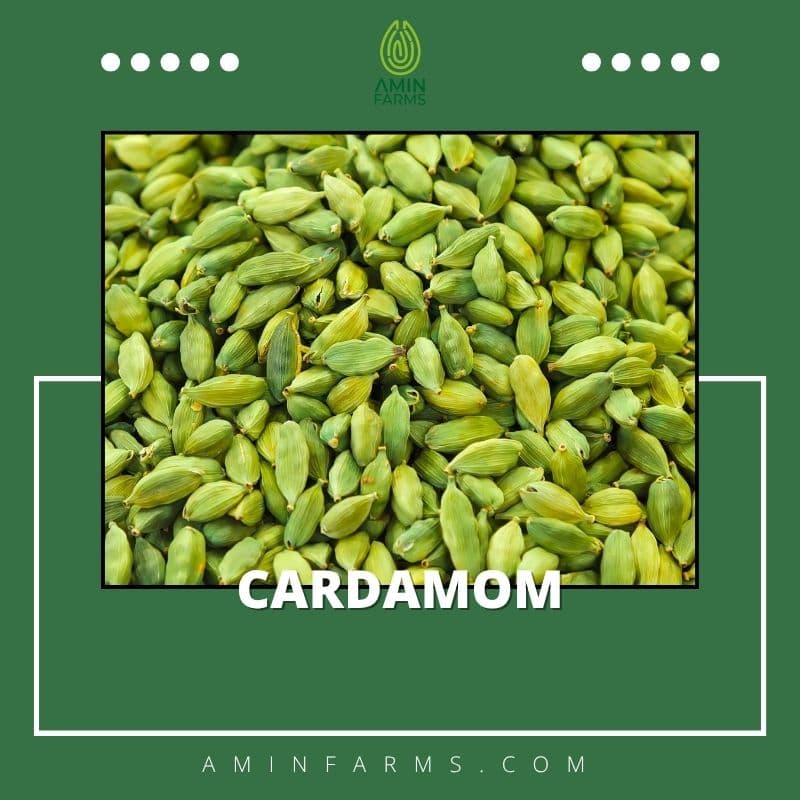
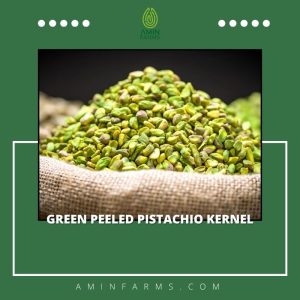
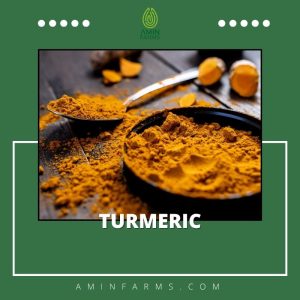
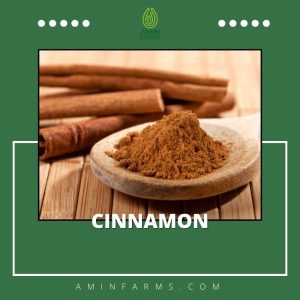
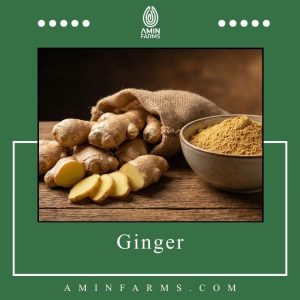
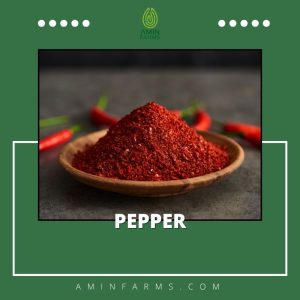



Reviews
There are no reviews yet.